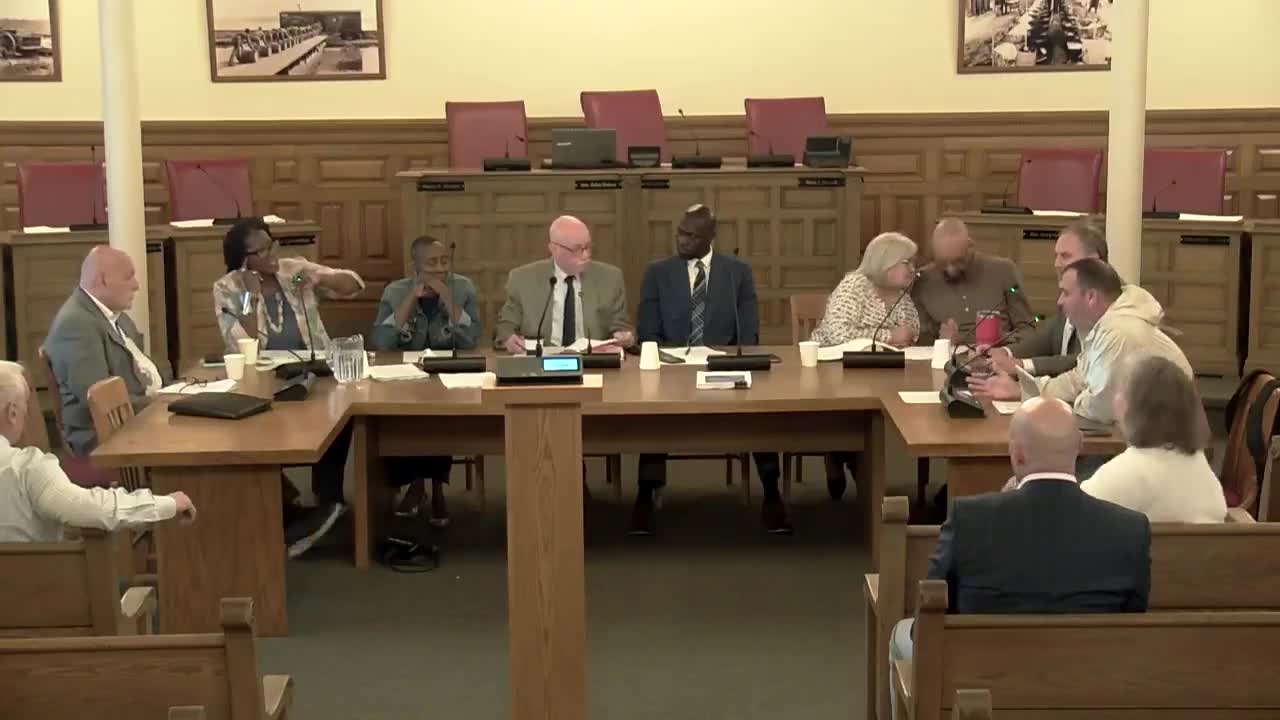Syracuse Council Discusses ADU Regulations and Housing Development Strategies
September 22, 2025 | Syracuse City, Onondaga County, New York
This article was created by AI summarizing key points discussed. AI makes mistakes, so for full details and context, please refer to the video of the full meeting. Please report any errors so we can fix them. Report an error »

Syracuse's Economic Development Committee made significant strides in addressing the city's housing challenges during their meeting on September 22, 2025. A key decision was the establishment of a maximum size of 800 square feet for Accessory Dwelling Units (ADUs). This resolution aims to promote density while avoiding the pitfalls of overcrowded housing developments seen in the past.
Committee members discussed the importance of balancing housing needs with community aesthetics. The 800-square-foot limit was chosen to provide a clear guideline while allowing flexibility for larger lots. The committee acknowledged that the current regulations may be hindering potential development, as evidenced by only one application for an ADU in the past 27 months.
Councilor Williams emphasized the need for a comprehensive housing strategy, advocating for up-zoning in certain areas to encourage denser development. He noted that while ADUs alone won't solve the housing crisis, they represent a step in the right direction. The committee is committed to aligning its housing policies with broader community goals, ensuring that any changes support sustainable growth.
Commissioner Michael Collins highlighted the importance of understanding the financial landscape of property values in Syracuse, which remain lower than the national average. He reiterated the need for policies that incentivize good development, reflecting the city's ongoing efforts to attract investment and improve housing options.
As Syracuse continues to navigate its housing challenges, the committee's decisions signal a proactive approach to fostering development that meets the needs of its residents while maintaining community integrity. The next steps will involve further discussions on how to implement these changes effectively and encourage more applications for ADUs and other housing solutions.
Committee members discussed the importance of balancing housing needs with community aesthetics. The 800-square-foot limit was chosen to provide a clear guideline while allowing flexibility for larger lots. The committee acknowledged that the current regulations may be hindering potential development, as evidenced by only one application for an ADU in the past 27 months.
Councilor Williams emphasized the need for a comprehensive housing strategy, advocating for up-zoning in certain areas to encourage denser development. He noted that while ADUs alone won't solve the housing crisis, they represent a step in the right direction. The committee is committed to aligning its housing policies with broader community goals, ensuring that any changes support sustainable growth.
Commissioner Michael Collins highlighted the importance of understanding the financial landscape of property values in Syracuse, which remain lower than the national average. He reiterated the need for policies that incentivize good development, reflecting the city's ongoing efforts to attract investment and improve housing options.
As Syracuse continues to navigate its housing challenges, the committee's decisions signal a proactive approach to fostering development that meets the needs of its residents while maintaining community integrity. The next steps will involve further discussions on how to implement these changes effectively and encourage more applications for ADUs and other housing solutions.
View full meeting
This article is based on a recent meeting—watch the full video and explore the complete transcript for deeper insights into the discussion.
View full meeting
